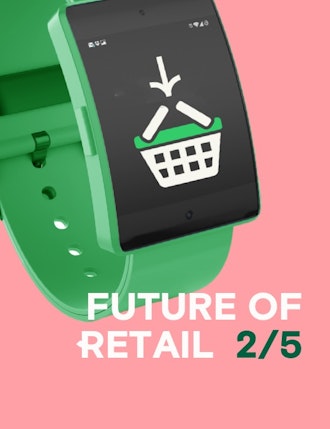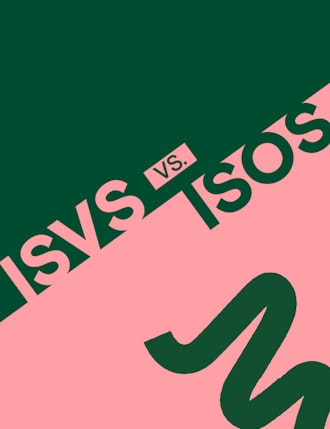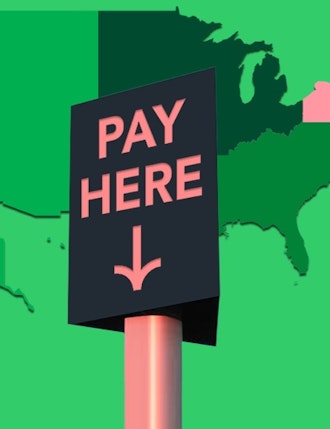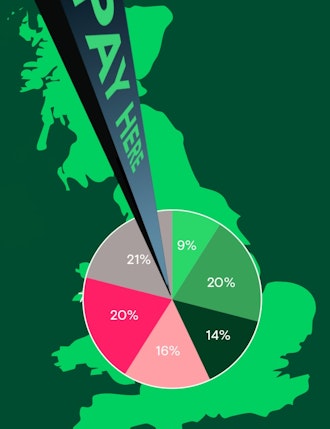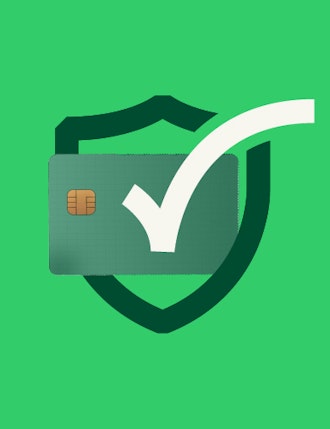The world of retail payments at one time was fairly well carved up between acquirers and ISOs who sold merchant accounts, and value-added resellers (VARs) who sold the technology infrastructure and connections between Point-of-Sale (POS) software and payment terminals. Each side of the divide was fairly happy and content to only challenge the other on the margins. Then the world went digital, and the race was on to forge alliances aimed at delivering integrated payment solutions.
The POS forms the heart of the merchant ecosystem today, managing the payments and data flow throughout the system. Different players approach this opportunity from different vantage points. Integrating payments into merchant-facing business solutions, independent software vendors (ISVs) started signing up merchants for integrated payments, relegating the acquirer to the role of back-office provider.
The market for payment solutions is evolving quickly, and traditional providers must choose how to evolve their own businesses to take advantage of opportunities and respond to new competitors. Some have already taken strides to refashion their business models. Some acquirers bought their own ISV channels (TSYS buying Cayan and Vantiv absorbing Mercury). Other acquirers sought to get closer to merchants again, making strategic purchases of POS system propositions (First Data buying Clover, U.S. Bank buying Talech).
Some of the more assertive and especially bigger ISVs ventured into payment processing as payment facilitators (payfacs), taking on the merchant risk themselves in exchange for speeding up merchant onboarding, better control of the merchant experience and a much higher share of the payment economics
All ISOs and acquirers have options. One alternative is to reposition as technical enablers to emerging ISVs and payfacs, as well as merchants. Some ISOs may opt to reinvent themselves as wholesale ISOs or payfac enablers, while more traditional retail ISOs might focus on becoming great integration consultants, creating new business solutions by mixing and matching relevant industry players.
Integration is essential
As the heart of the digital merchant ecosystem, the POS not only manages most of all store-based integrations, but also acts as the main integrator towards the digital plugs, such as syncing inventory across all channels.
The digital business model is all about integrations. Specialized, task-based apps that communicate via APIs are dismantling former legacy information silos that separated POS, payments, and back-office systems ranging from accounting systems such as QuickBooks to sophisticated enterprise resource planning solutions.
These task-specific apps form part of a wider ecosystem by exposing application programming interfaces (APIs) to allow for an easy integration with other players. That has resulted in the popularity of app marketplaces, which draw in software partners who are able to integrate with a larger merchant ecosystem by using relevant APIs.
The key digital integration layer consists of “cloud-business tools” that merchants use to run their businesses and industry specific “digital industry plugs” that merchants use to address their digital channels. This can range from digital appointment scheduling for salons, to integrating into ecommerce providers such as Amazon and eBay, or food delivery services for restaurants.
Orchestrating the ecosystem
Businesses have a wealth of cloud-based software-as-a-service (SaaS) offerings to choose from to meet their key business needs. Even smaller merchants utilize a multitude of SaaS offerings to connect with customers, staff and other stakeholders across all channels. The challenge lies in how those apps communicate with each other and exchange relevant data.
Easy cross-app data sharing is extremely valuable in orchestrating a company’s various endeavors and to allow for cross-channel, cross-functional efficiency. An integration platform-as-a-service (iPaaS) solution can equip solution providers with the ability to implement integration projects involving any combination of cloud-based and on-premises endpoints, including APIs, mobile devices and even Internet of Things objects.
An iPaaS provider harmonizes access to applications and data sources by offering smart connectors that surface normalized APIs and business objects (virtual data resources). While all iPaaS providers offer workflows, the consumer/SMB-focused providers concentrate on integrations among cloud-based business apps using simple point-to-point workflows (for example, sending an automated welcome email when a customer signs up to a newsletter) that can be executed by even a non-tech person.
Some ISVs offer integrations to iPaaS providers to allow merchants additional integration access points to other business apps that the ISV is not natively offering as part of its own marketplace. The digital mindset is about specialization, resulting in apps that are aimed to solve specific merchant problems. So, the more choice merchants have in app selection, the better able they are to fine tune their ecosystem to address their specific issues.
Omnichannel future
Now, more than ever, small to medium-sized business merchants need every tool available to grow their revenue and stay profitable. Omnichannel is essential to extending beyond the physical storefront to offer customers more opportunity and greater convenience in purchasing goods and services.
In an omnichannel world every business is exposed to the digital world, whether it is a restaurant allowing order-ahead services, a store that sells both on- and offline, or a spa that advertises via Google or Facebook and offers appointment scheduling. Many merchants, though, are overwhelmed by the sheer number of specialized solution partners to choose from—consider that there 11,000 business apps in the Apple store alone.
Traditional retail ISOs can use their industry-specific expertise and insights to create relevant solutions, helping their merchants with partner selection and helping those partners to be integrated. Technical-oriented ISOs can create an environment that delivers more flexibility to their partners (ISVs, payfacs) and merchants, especially regarding the integration and orchestration of the checkout flow on device, across devices and across channels.
ISOs and acquirers that want to reposition themselves need an open integration layer on a platform that allows them to deliver a living, vibrant merchant ecosystem that manages and orchestrates business applications and interactions across devices, applications and the overall checkout flow. Choice and flexibility are essential in being able to interact with solution partners across channels, payment methods, device types and value-added services.
ISOs and acquirers can’t afford to view the payment terminal as the be-all, end-all of their business models; they need to find the right technology partners to ensure their role in providing a truly integrated payments solution.
Interested in reading more around this subject? Here are some useful articles…



